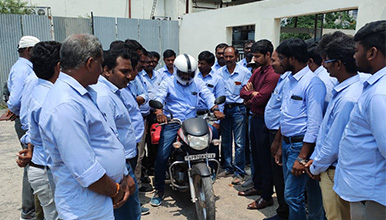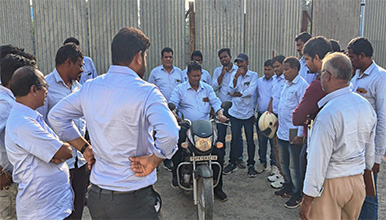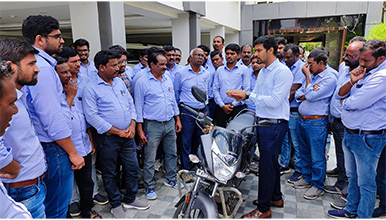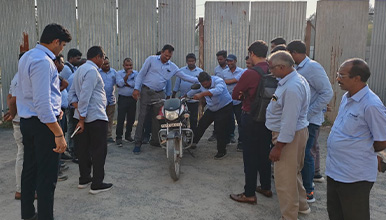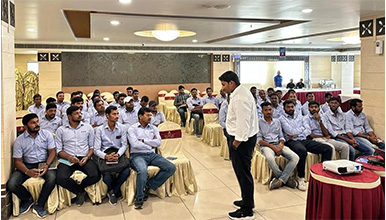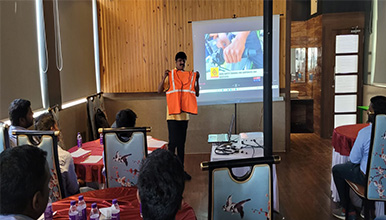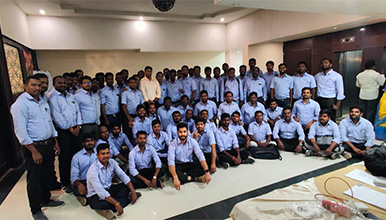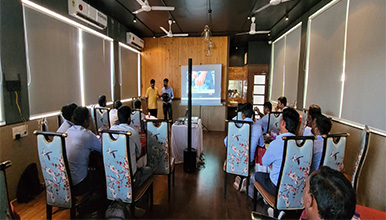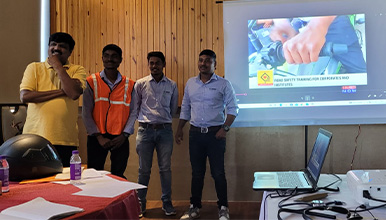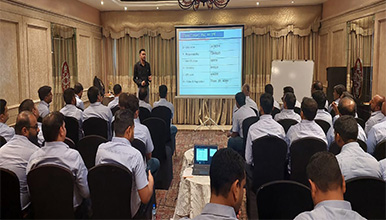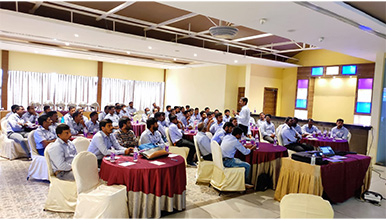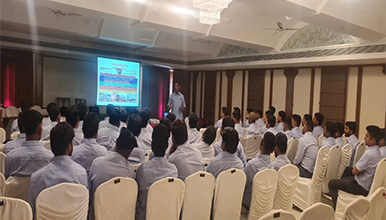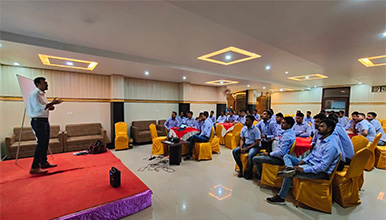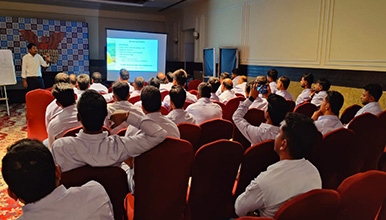Course Details
 Duration 4 – 8 Hours
Duration 4 – 8 Hours  Training Mode Online / in-company
Training Mode Online / in-company  Language English
Language English Prerequisites None
Prerequisites None
Course Details
 Duration 4 – 8 Hours
Duration 4 – 8 Hours  Training Mode Online / in-company
Training Mode Online / in-company  Language English
Language English Prerequisites None
Prerequisites None
“Elevate your employees with our hands-on training to become proficient Gas Testers”
Our training covers the importance of following proper safety protocols during confined space entry. It helps employees to
Know the Gas Detection Fundamentals
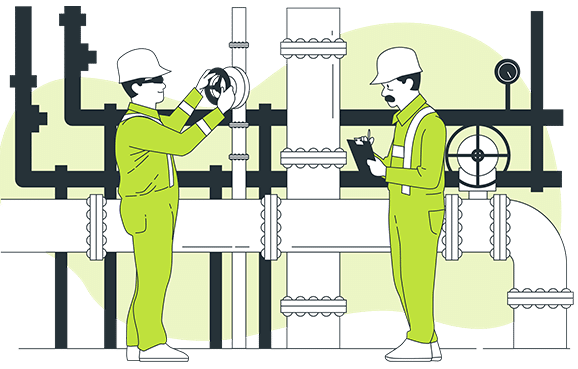
Employees acquire a deep understanding of different gases, their characteristics, and the associated risks commonly found in confined spaces
Learn the process of Pre-entry Gas Testing
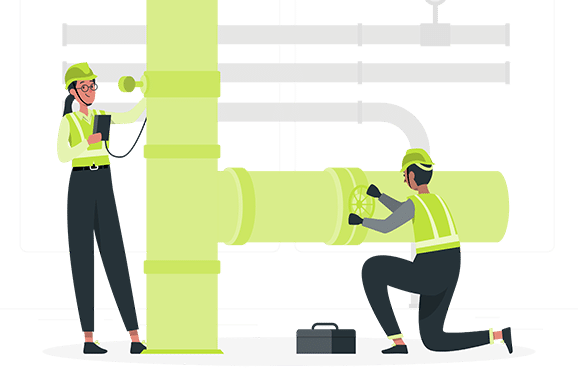
We focus on the essential practice of pre-entry gas testing. Participants will learn how to assess confined spaces thoroughly, ensuring they can enter safely
Equips them with Real-time Gas Monitoring techniques
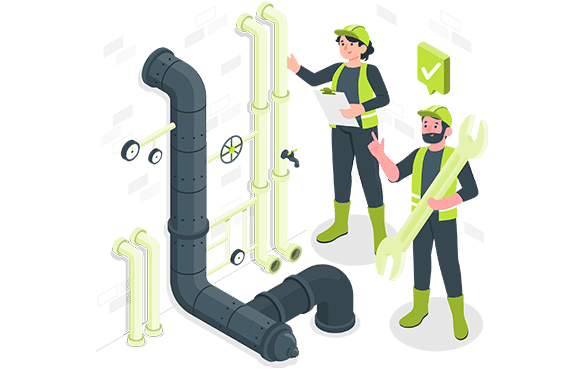
Our training provides the tools and techniques to perform continuous gas monitoring, allowing to respond promptly in fluctuating gas levels
Usage of Gas Detection Equipment
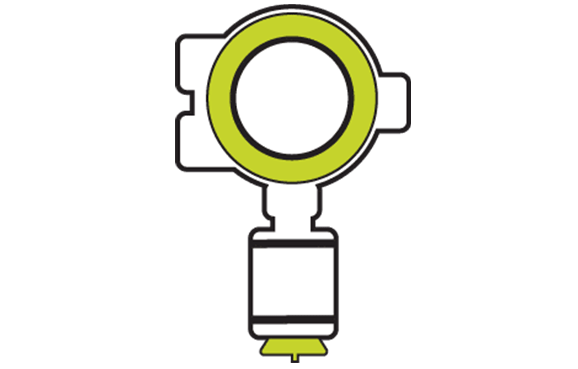
We provide complete guidance on the operation and usage of gas detection equipment, calibration, maintenance, and reliable safety measures
Effective Safety Procedures & Emergency Response

We educate employees on proper confined space safety protocols, safety procedures for gas-related emergencies, and evacuation plans to handle unexpected incidents
Benefits of Confined Space Gas Tester Training
Employee Benefits
1. Gas Testing provides confidence to employees that the confined space is free from hazardous atmospheres
2. It equips them to safely conduct gas tests for appropriate oxygen levels and toxic or inflammable gases
3. It helps to identify and address the gas-related hazards
Employers Benefits
1. It fosters a positive work culture and increasing the employee morale
2. It helps organizations meet legal requirements, avoiding potential fines and legal issues
3. Prevention of accidents results in cost savings related to medical expenses, workers’ compensation, and equipment damage
FAQ
Oxygen (O2): To ensure that the oxygen levels are within a safe range (19.5% to 23.5%).
Flammable Gases: To detect the presence of gases that could ignite or explode.
Toxic Gases: To identify harmful substances that may pose health risks to workers.
Hydrogen Sulfide (H2S): A common toxic gas often found in confined spaces.
1 . Monitor the atmosphere, providing real-time information on gas levels.
2 . Alert workers and emergency supervisors to hazardous conditions.
3 . Facilitate safe evacuation by ensuring workers have accurate data to make informed decisions.
4 . Play an essential role in preventing accidents and injuries by monitoring conditions throughout the emergency response.
• Calibration Kits
• PPE (Personal Protective Equipment)
• Gas Sampling Tubes
Our Recent Projects
Get Your Query Answered / Get Expert Assistance To Choose the Right Course for You Or Your Associates




